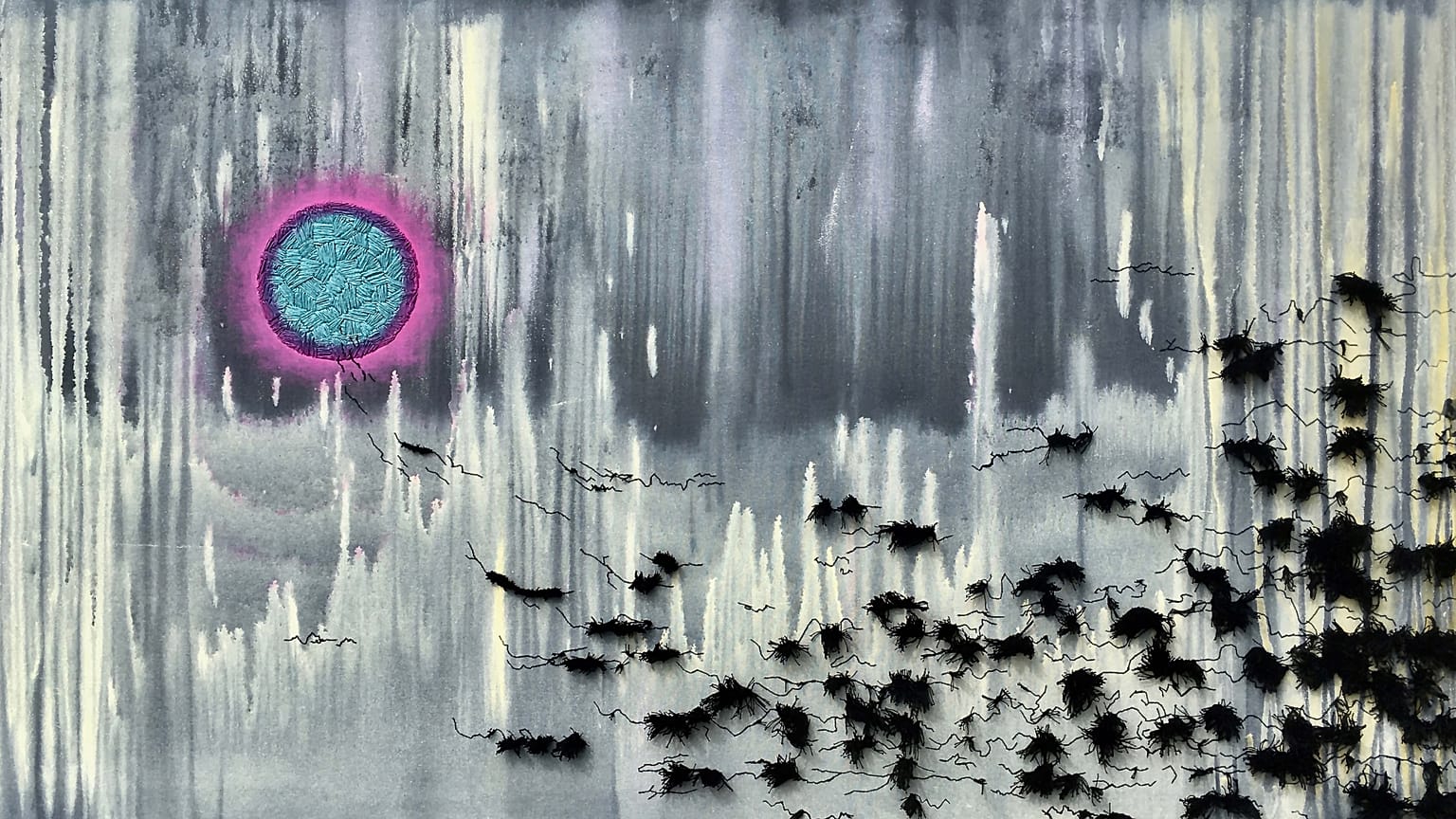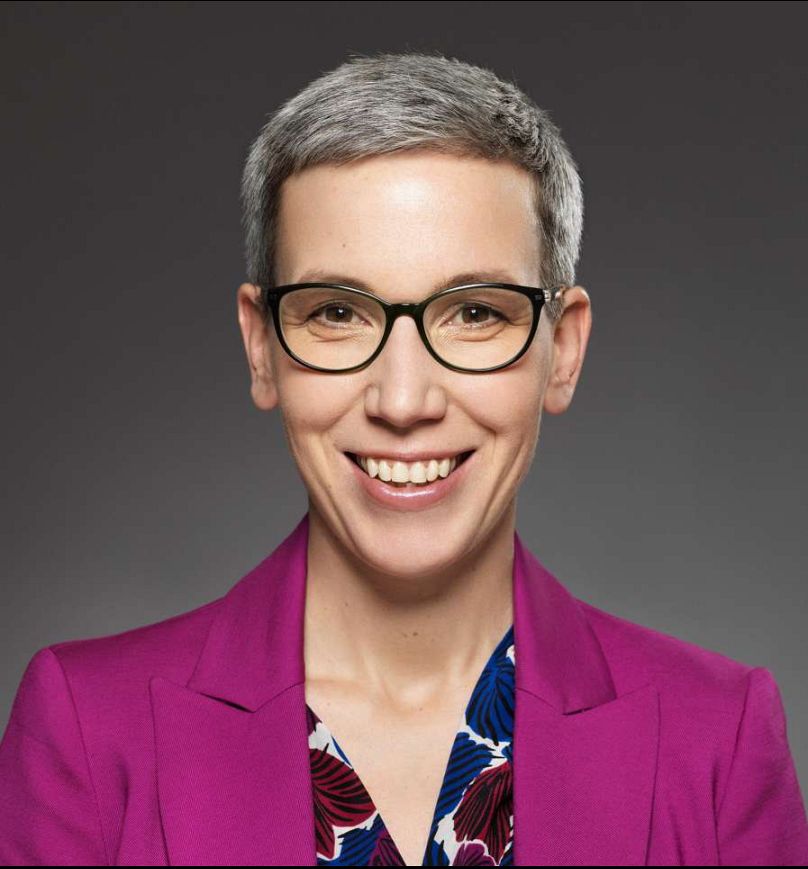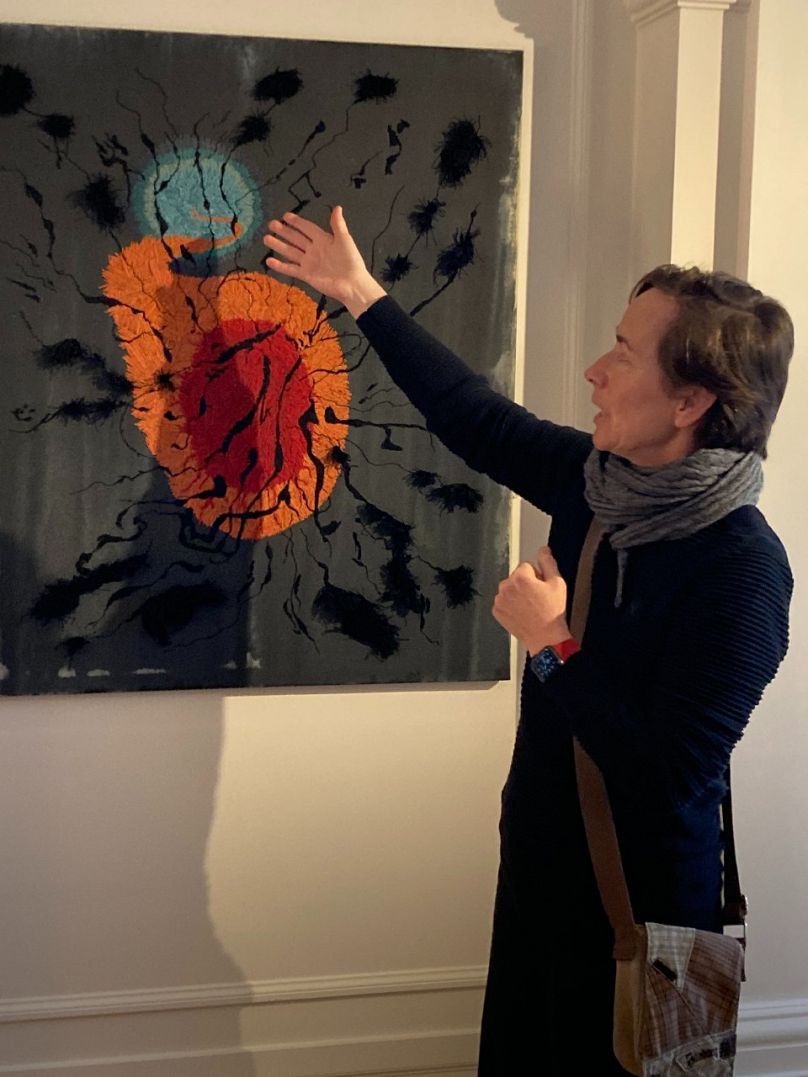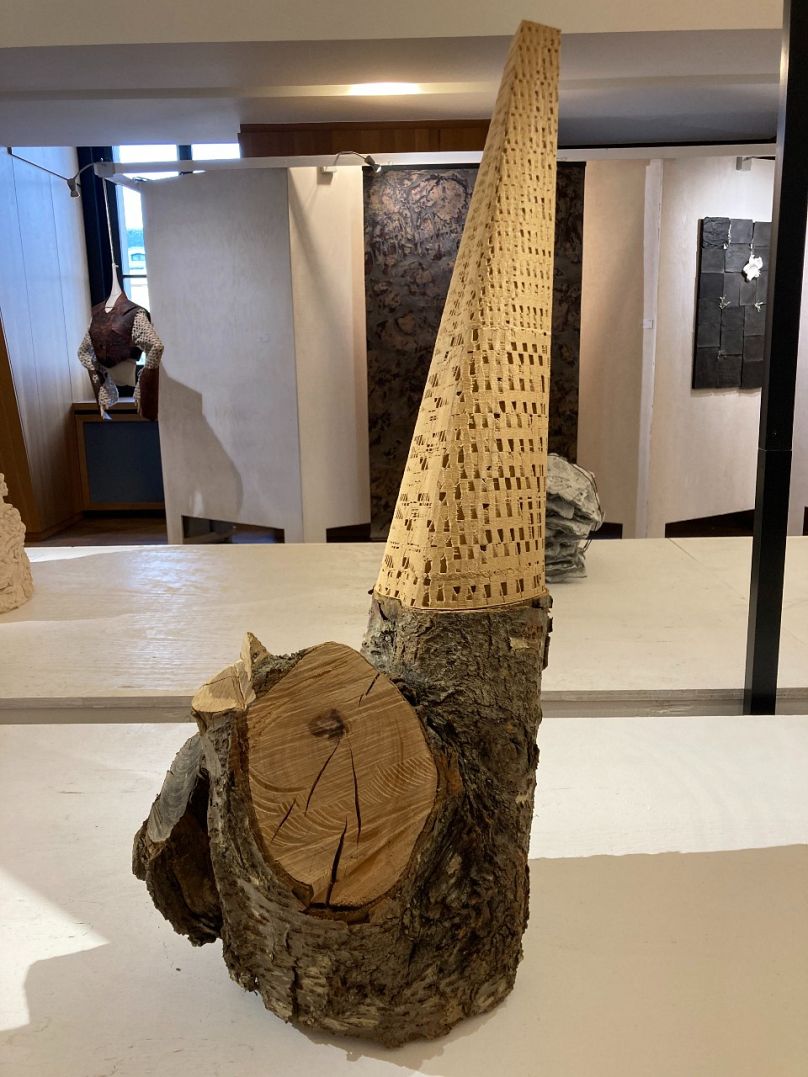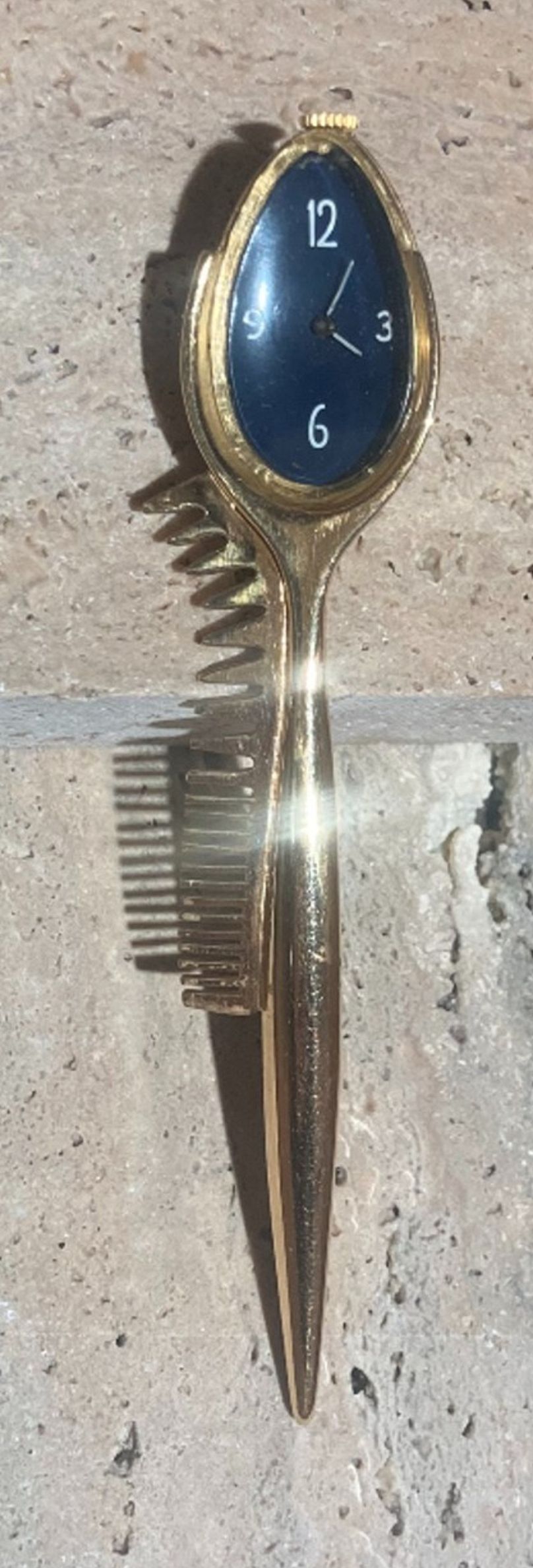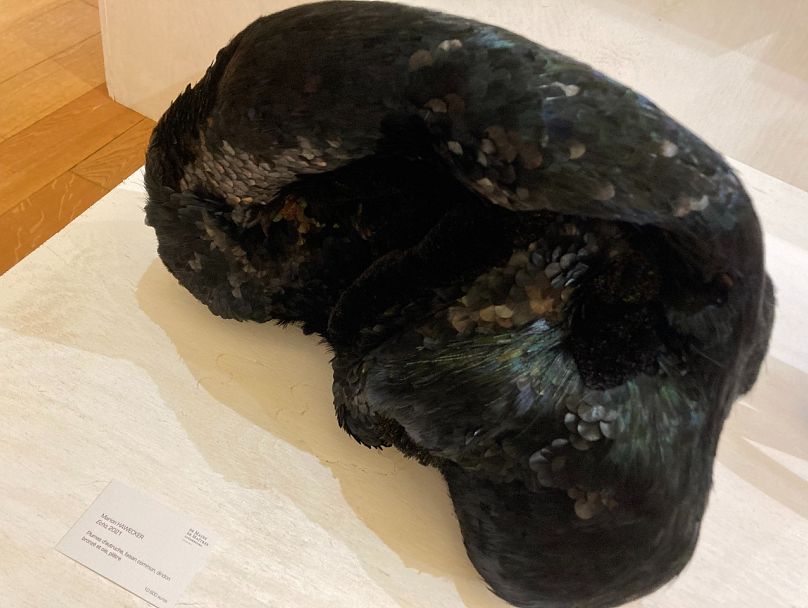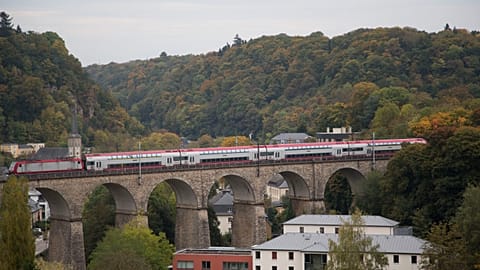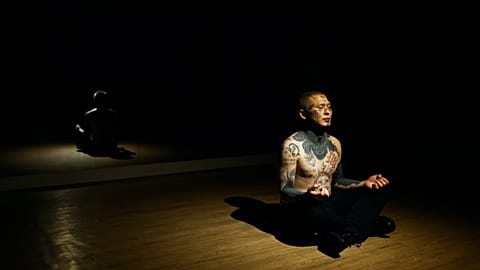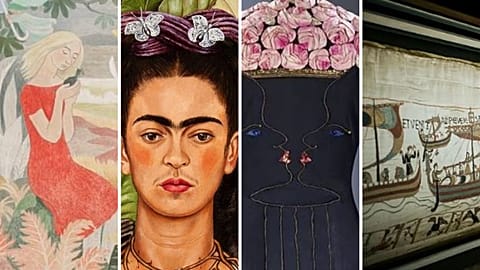The art and craft spectacular 'De Mains De Maitres' is spread across Luxembourg's capital city in various non-art venues. Its focus is on exhibits created from disparate materials, and perhaps this is the best metaphor for the country itself. Euronews talks to the Minister for Culture to learn more.
Luxembourg. What is it? Who are the Luxembourgers? What are they known for?
Identity is very much a cultural construct. It's tied to history, tradition, values, and the creative output of a nation or a people. The idea of a city-wide exhibition showcasing the art and crafts of Luxembourg could be a way to unlock the mystery of the country's culture. Add to that the promise of a chat with the culture minister and Euronews headed directly to Europe's justice capital to try and learn something we didn't know.
'Our identity is multiple identities'
Sam Tanson, a 44-year-old former journalist, has been Luxembourg's Minister for Culture for three years. A pleasantly unguarded politician, Tanson takes the question of the Luxembourgish identity with good humour and sincerity.
"Luxembourg is a place that has really changed a lot over the last 20 or 30 years," the minister begins. "When I was a young person it was quite different. We are very multicultural now, certainly if you look at the capital we have 70% of non-Luxembourgers living in the city. Only 30% have Luxembourgish nationality. So this is a great mix of people who come from all over the world to work in Luxembourg. If you walk through the city on a weekend you will hear lots of languages, and in fact, lots of English, which was not the case 30 years ago, it was much more French."
"Over the last century, we are a country that has had consistent immigration. At first, it was workers from Italy and then Portugal who came to do manual labour. And now we have people coming from all over the world to work in our financial or digital sectors."
Sounds a lot like the UK, I venture.
"But we are not an island," Tanson counters. "We are very close to our neighbours and have so many influences from Belgium, France and Germany."
Fair enough. But I'm hearing a lot about influences and interpenetration. I'm still not getting a feel for what Luxembourg is, rather than does. I suggest that it's a mystery.
Tanson laughs. "No, it's not. We've had rapid evolution over the last 100 years. It was at first an agricultural state which developed into a steel industry that eventually became banking. We are traditionally an open-minded people because we are a pretty small country who needs its neighbours, who needs Europe, so we're a very European country."
But are they European first and Luxembourgish second?
"No," maintains the minister. "We have multiple identities in our heritage. We have our language, we are proud of our language (Lëtzebuergesch), and we are proud of what we have achieved coming from a primarily agricultural state."
A movement from the rural to the mercantile has led the country to an eye-opening GDP per capita. An industrial powerhouse that became and banking centre and e-commerce hub has created a steady-looking ship, despite the national debt being a record 24.9 per cent of the country's Gross Domestic Product in 2020.
Very much under Tanson's gaze is the way the country looks after its creatives. She cites one of the goals of the ministry as "to create a framework within which all the possible conditions are created to allow an artist to exercise their art."
And one such initiative is the Biennale.
The city as museum
The capital city is the canvas for this multi-venue exhibition. In many ways, it's an experiment where materials interweave in spaces that were not made for fine art. A bank, a theatre foyer, a casino. Similarly, there is a focus on mixed materials in singular art pieces and much talk of a 'dialogue' between the elements.
It's the brainchild of Parisian, Jean-Marc Dimanche, a thoughtful and modest man whose passion for art and deisgn knows no bounds. Indeed boundaries are most easily abandoned in the creative world, and no exception is the capital's modern art museum, MUDAM, where 25 years of exhibitions are celebrated this season. This eclectic collection seems to bring together the greatest hits of each vintage under one roof. While much of the 'dialogue' between artistic modes might well take the form of 'what are you doing here?', it's still fascinating to observe such variety.
'De Mains De Maîtres', the moniker for the Biennale, is perhaps the perfect spectacle to curtain raise for the nation's next cultural landmark, the southern city of Esch becoming one of the three European Cities of Culture for 2022. One of the key drivers for this initiative is the notion of 'Remix Culture' described in the Esch-related promotional material as "using existing situations to give them new meaning". It occurs to me that this is precisely what the exhibition at the bank, and the Biennale generally, is achieving. Further still, this may be a way to think about describing Luxembourg as a whole. A canvas to showcase people from various backgrounds who find themselves living and working here.
The work of Jeanette Bremin, at the bank sector of this city-wide exhibition, exemplifies these elements.
On the right here she is talking about her work entitled 'Nereids'. In Greek mythology the Nereids were 50 sea nymphs, the daughters of Nereus and Doris, and they often accompanied Poseidon, god of the sea.
Bremin uses embroidery with hand-dyed woollen threads, cotton threads and fabrics on acrylic painted canvas stretched on the wooden frame. Her work is part mythical, part astronomical. A light source, a star (a city, a financial centre perhaps?) and entities working their way towards it as a source of light, life and possbility.
Another of her works, entitled Psamanthe, is the picture in this article's header. The same elements and theme applies.
"Psamathe was one of the first in a series of art pieces I made," Bremin tells Euronews.
"I combine abstract painting with embroidery of different kind of threads. The wool, cotton and linen threads each have their own shine, texture and shadows that gives an interesting impression in combination with the painted background and the fabric."
I ask about the planetary influence.
"In the middle of the painting/working process, when I could see what the painting started to look like, I made some research into the different planets in our solar system, their names and connection to Greek mythology," she says.
The range of materials in the mix here at the old bank is exciting and thought-provoking. Polymers seem a natural extension to wood in Pitt Molling's Mimesis, Caroline Andrin's Skin Game pairs tinted clay and manganese, whileMarion Hawecker's Echo is a velvet melange of ostrich feathers that puzzles the brain in its search for a form -- Escher might have drawn a sleeping dog that way.
The unbearable absence of touching
All you want to do it touch these pieces. Surrounded by crafted materials that have been meticulously chosen for exhibition: rodium, bronze, glass, feathers from all fowl, copper wire, steel. The ecstasy of the aesthetic is matched only by the torture of our inability to touch anything.
But then, across town, there's a small gallery for the Biennale's Jewellery show. These are meant to be worn. And what a collection. Like the make up of a city commuted into by 170,000 people daily, we have distinguished visitors from across the borders.
A brooch by Salavador Dali, a bronze by Max Ernst and even a gold domino mask from Man Ray.
But the focus of the show belongs to Luxembourgish artists and craftspeople. And this is a point of pride for the culture minister.
"I think De Mains De Maîtres is something really great because it gives a platform to a specific branch of artists that are unknown to the public. It puts a spotlight on them. But it's also important for our artists to be seen abroad so we have exchanges to help our artists become visible outside Luxembourg."
To that end, the ministry created a new body, Kultur | lx, essentially an Arts Council, to help promote homegrown artists abroad as well as developing their careers at home.
Tanson is a theatre lover, and of course a politician. But never the twain shall meet. Not on her watch.
"The freedom of art is a fundamental right" says Tanson, who refuses to be part of a system where a government or municipal authority interferes in the programme of events or plays for political reasons. "My role is to create a framework for the artist and the institutions to be able to develop themselves and be free to work in the best possible conditions."
Luxembourg's Culture spending is around 0.5% of its phenomenally high GDP. And that's one of the highest rates in Europe (Ireland and Bulgaria, for example, only spent 0.1% in 2019). That equated to 87 million in that year, and the outlier there was the Philharmonie Luxembourg concert hall which cost 21 of those millions. But with nearly 100 salaried musicians and a high end classical programme, it's no cause for alarm. Artists here of all disciplines seem to be protected and promoted, so Luxembourg's culture strategy is strong and clear. But the identity is still somewhat elliptical. There don't even appear to be any stereotypes.
One of the abiding mottos of Luxembourg, recognised by anyone who grew up here in the last 50 years is 'we want to stay as we are'. But Tanson is quick to inform me that this has recently been given a tweak. “Mir wëlle bleiwe wat mir sinn” (we want to stay as we are) has morphed into “Mir wëlle bleiwe wat mir ginn” (we want to stay what we become), a far more progressive message, and one that Luxembourg is using as a banner in their pavilion at Dubai Expo this winter. But what will Luxembourg and Luxembourgers become?
The future will be confusing
The exhibition also showcases associated educational programmes outside of Luxembourg. Svenja Kalz, a Masters student at University of Trier, works with textiles and other material's in her collection entitled 'The future will be confusing'. Wittingly or otherwise, Kalz has gone some way to describe Luxembourg's facets of belonging and not belonging, cohesion and rootlessness, while making an intensive introspective study of herself. "The states of confusion, conflict and ambivalence stay present in each part of the work, which became all in all a collection, a snapshot - without claiming answer or truth about what present, past or even future might mean for us."
**De Mains De Maîtres runs until November 28 2021. **















